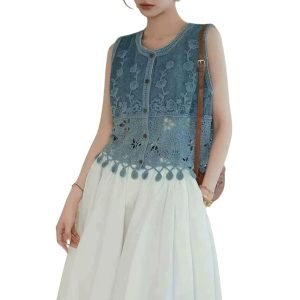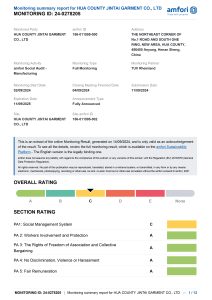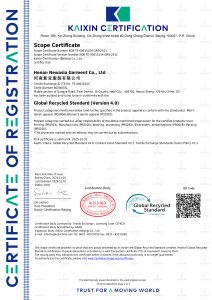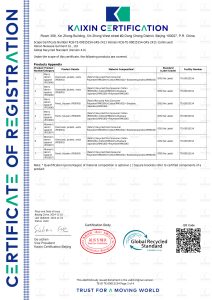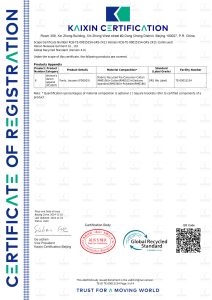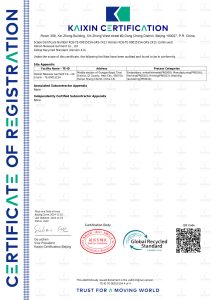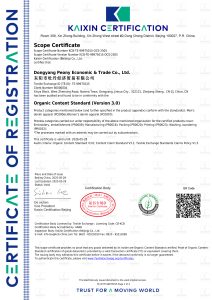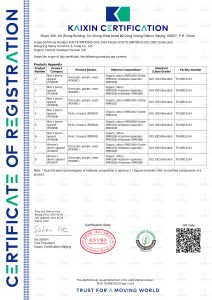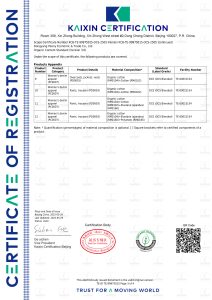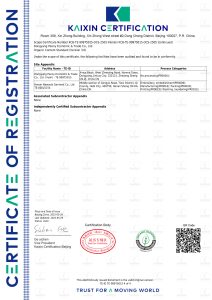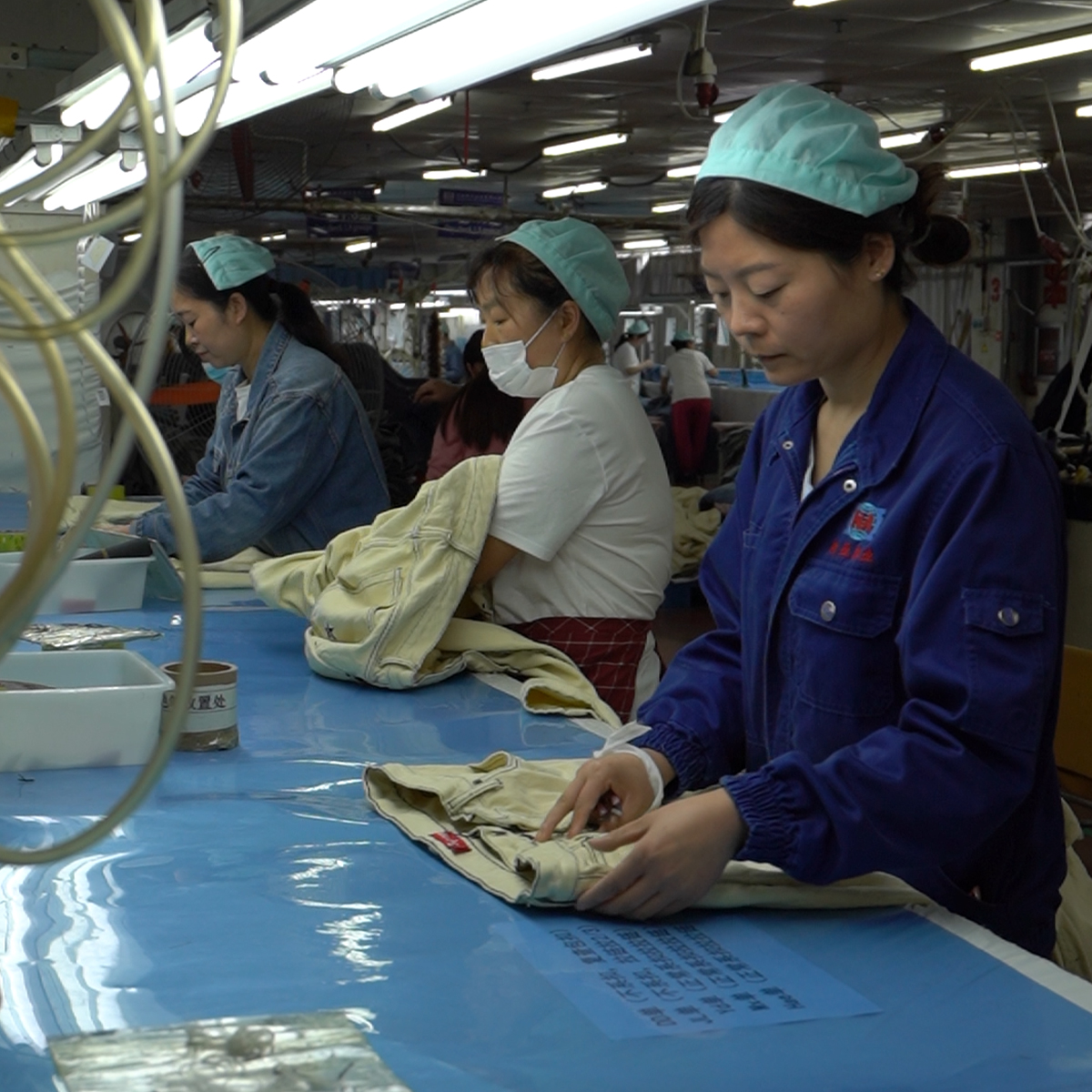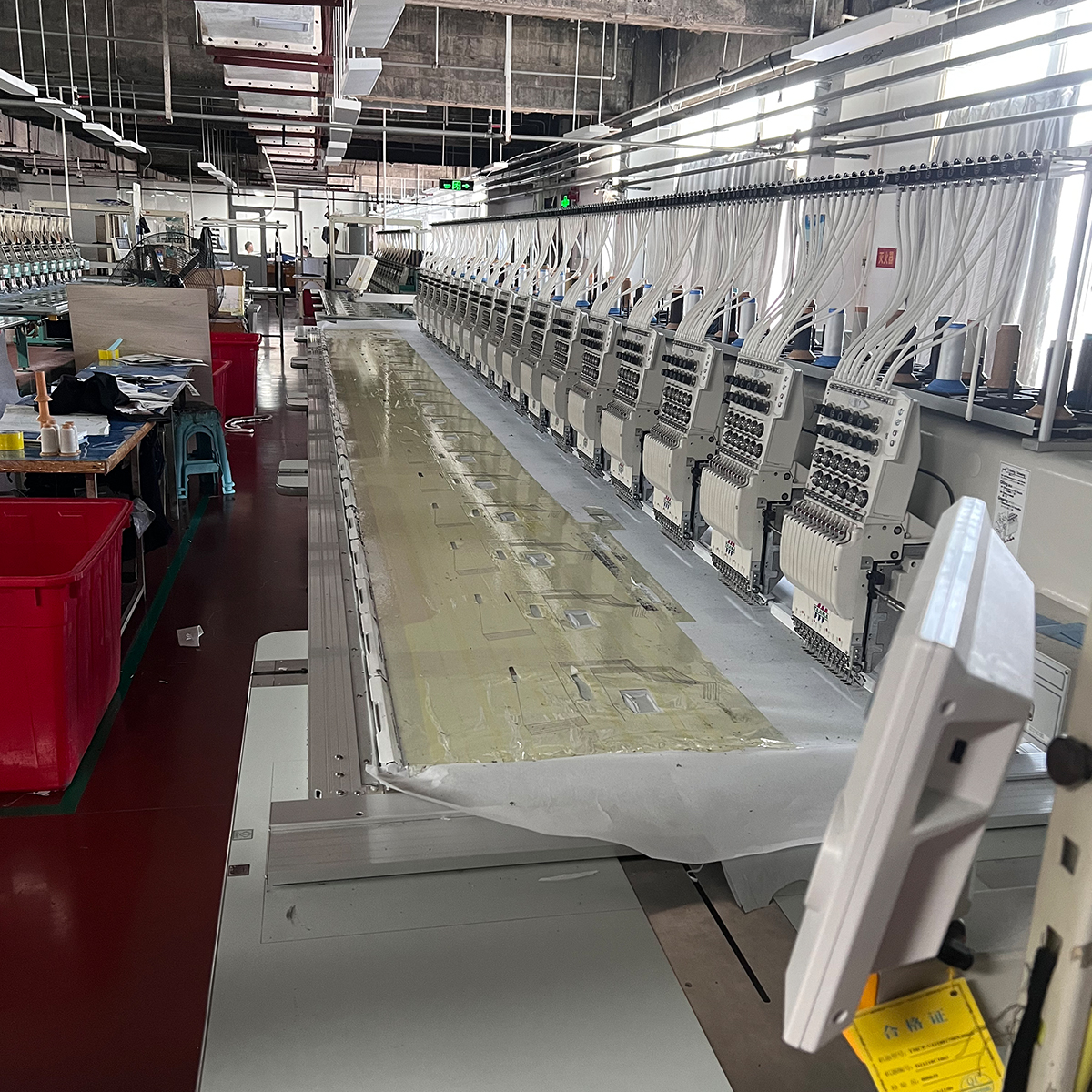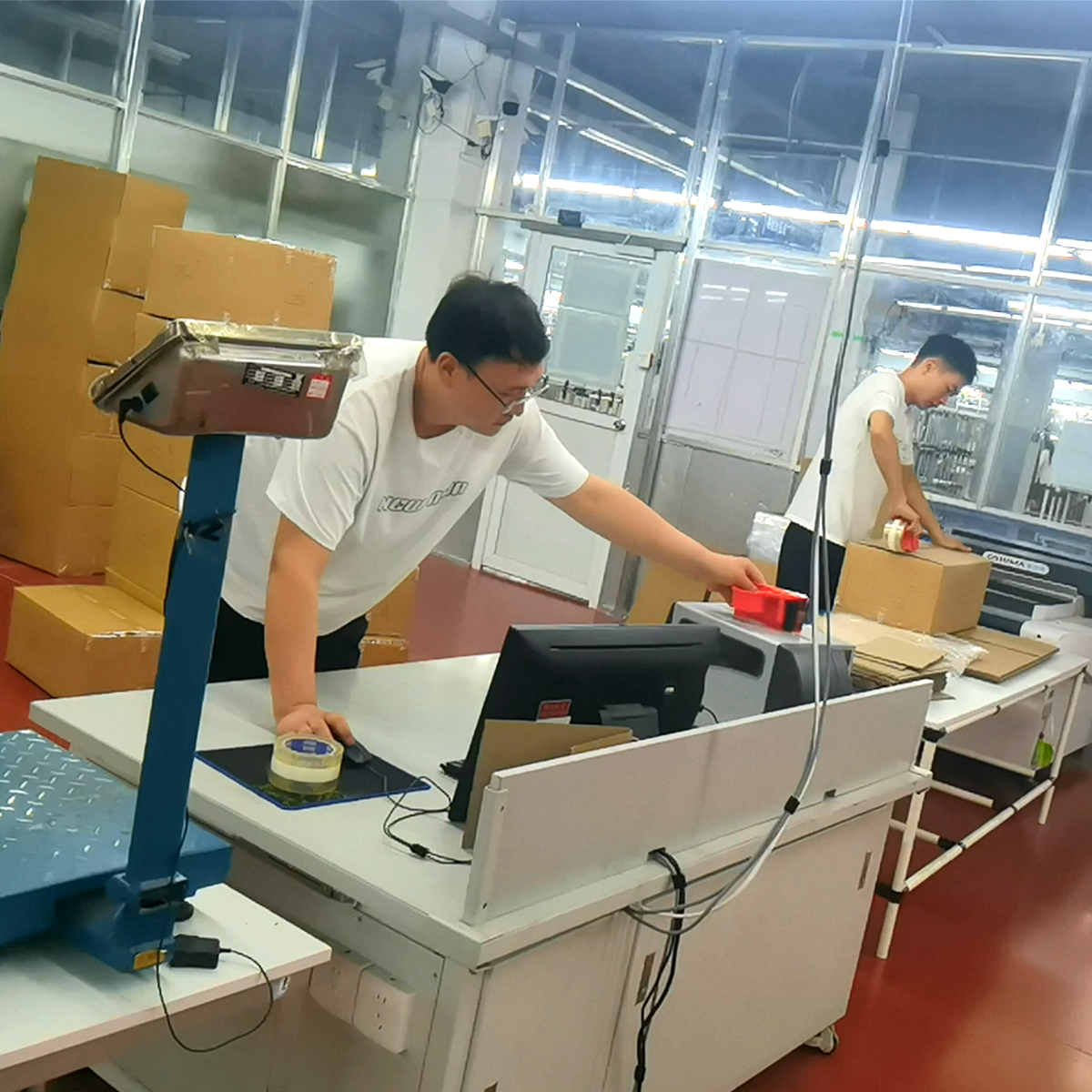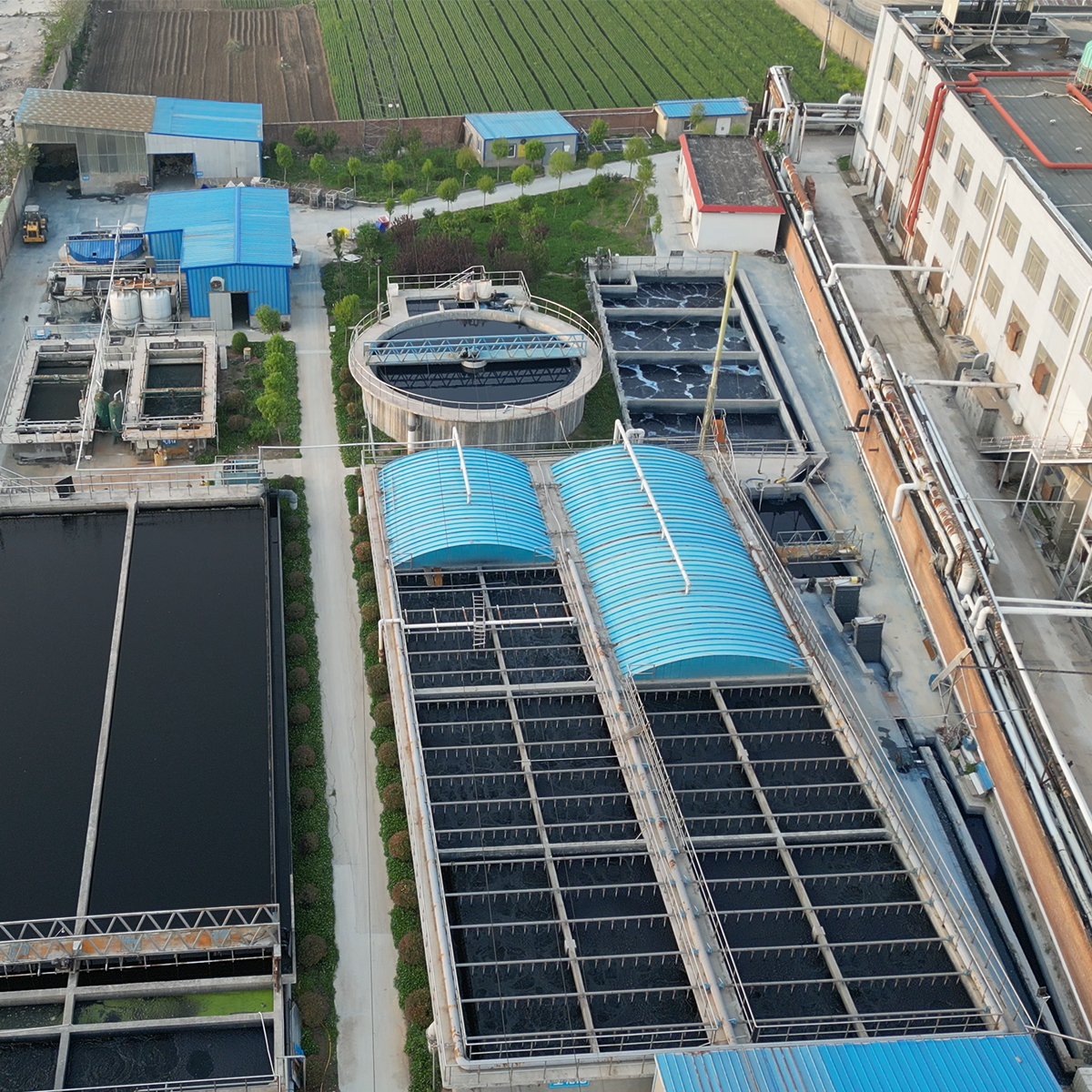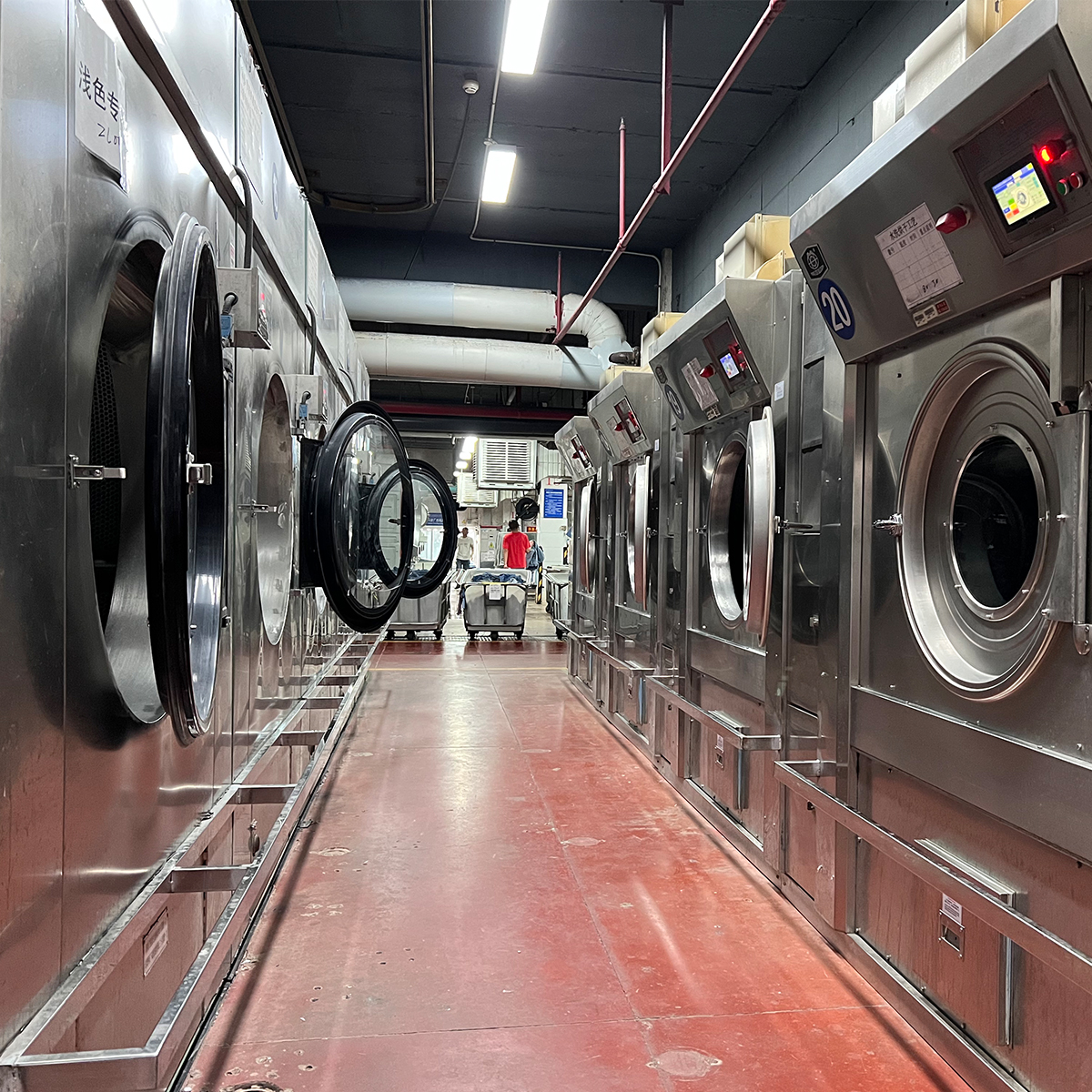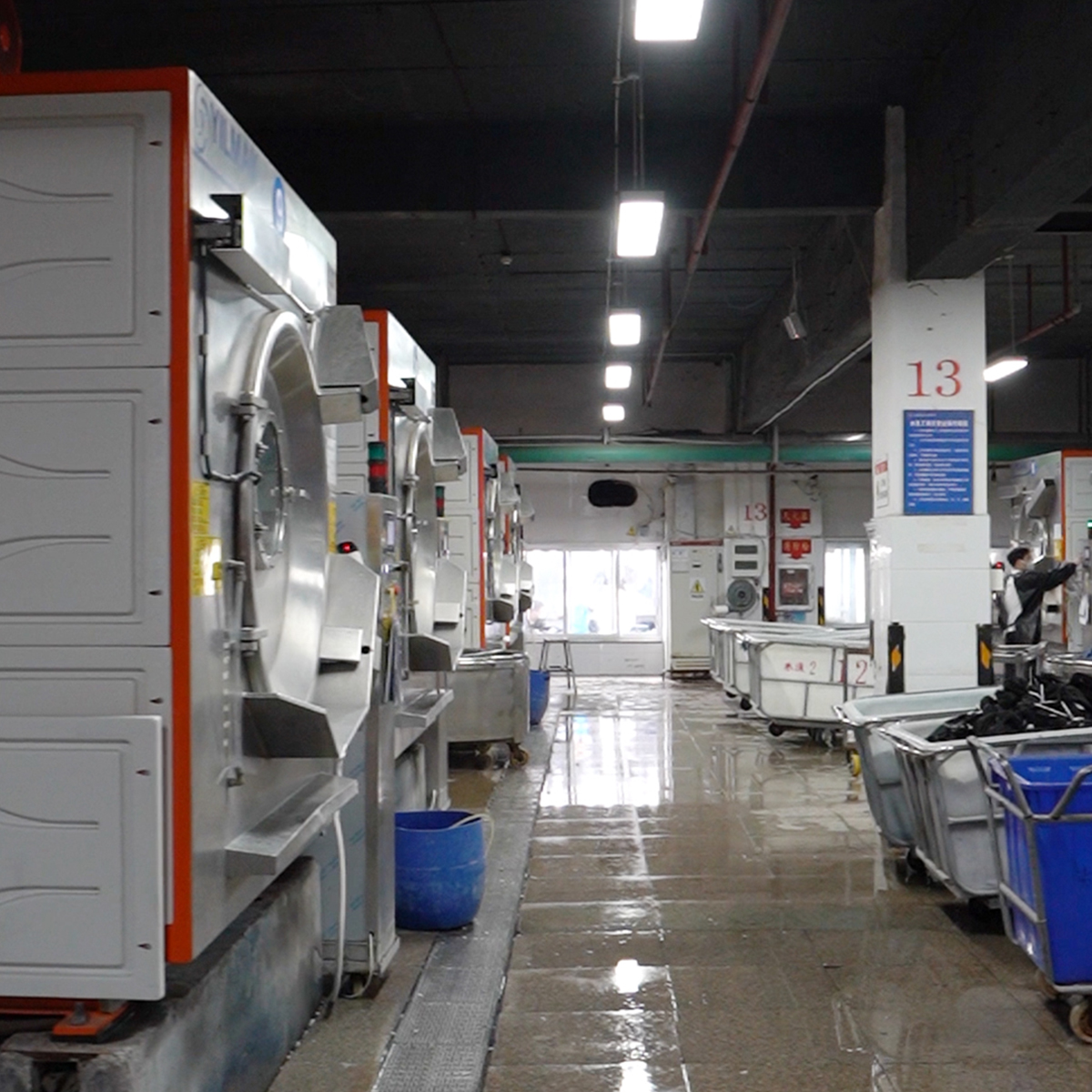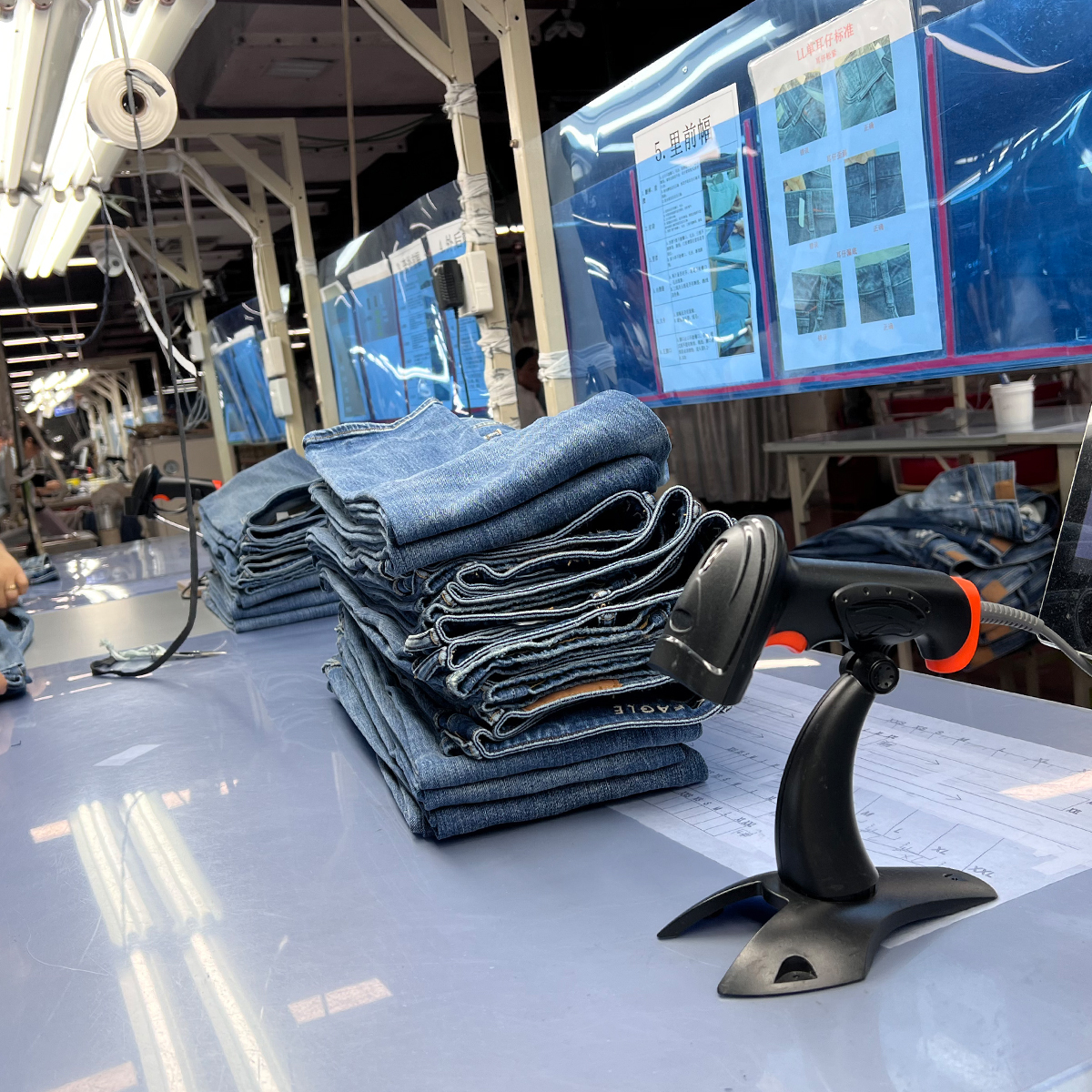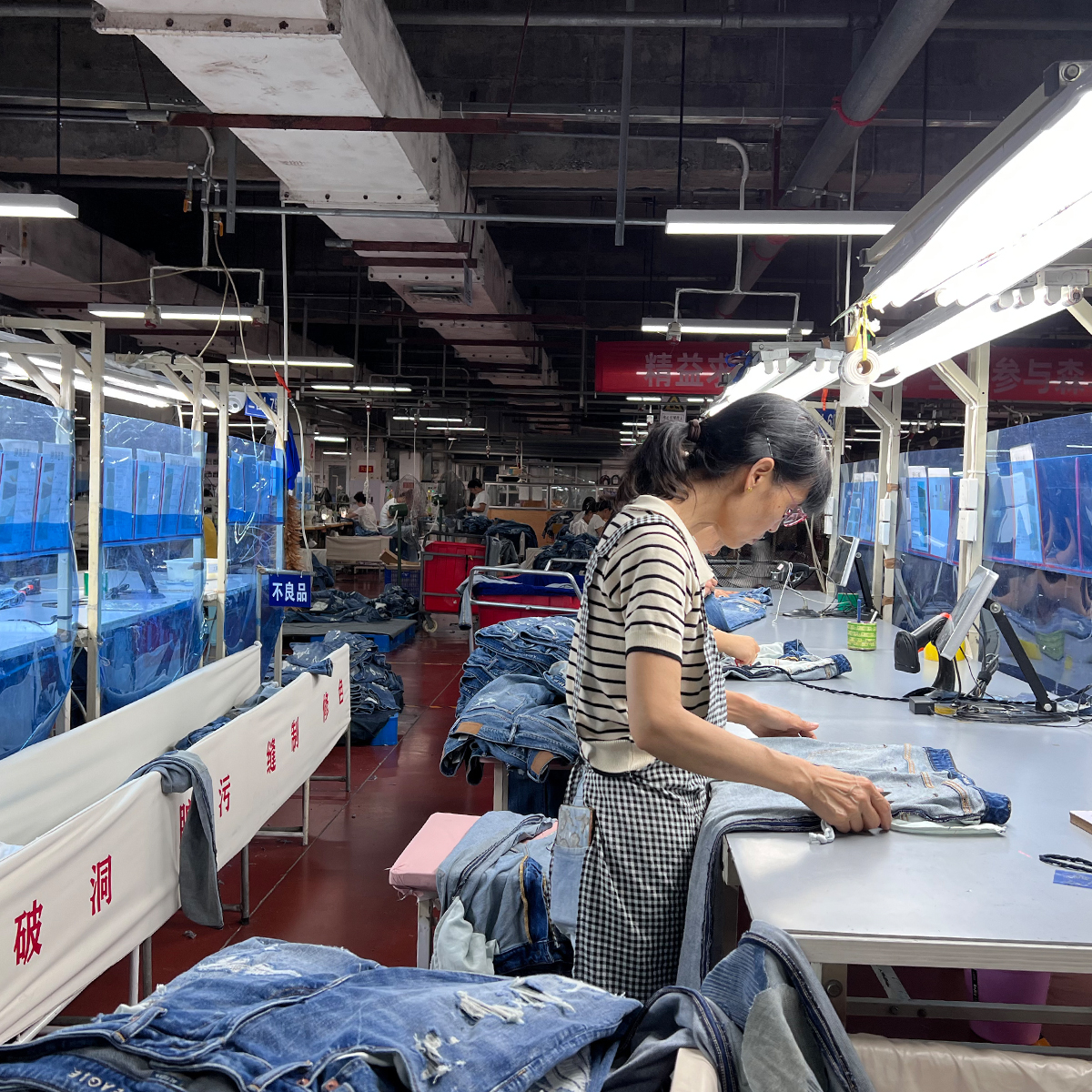In the fast-paced world of textiles and fashion, innovation and quality are paramount. Card clothing manufacturers play a pivotal role in this industry, facilitating the production of high-quality fabrics that meet consumer demands. In recent years, the significance of these manufacturers has surged, driven by technological advancements and heightened consumer expectations. This article delves into the world of card clothing manufacturers, exploring their processes, the technologies they utilize, and their incredible impact on the textile industry.
Understanding Card Clothing
Card clothing refers to the equipment used in carding, a vital step in the textile manufacturing process. This stage aligns fibers before spinning them into yarn. High-quality card clothing is critical for ensuring that the carding process delivers smooth, refined fibers for subsequent production stages.
Manufacturers produce card clothing using various materials, including steel, plastic, and rubber. Each material serves unique purposes and affects the quality of the finished product. The diverse applications of carding machinery extend across multiple sectors, including apparel, home textiles, and industrial products.
The Manufacturing Process
The process of creating card clothing involves several stages, each requiring precision and attention to detail. First, manufacturers use advanced machining techniques to produce wire strips coated with specific materials for durability and performance. These wires are then shaped and configured to optimize fiber separation and alignment.
After crafting the wire strips, manufacturers assemble them into carding machines. The assembly process must ensure the correct gauge and spacing of the card clothing, which will directly influence the quality of the processed fibers. As such, technicians closely monitor weight and tension throughout the assembly to adhere to strict quality standards.
Technological Advancements in Card Clothing Manufacturing
Modern card clothing manufacturers have embraced cutting-edge technologies to enhance production efficiency and quality. Innovations such as automation, advanced materials, and computer-aided design (CAD) have fundamentally transformed the carding process.
Automation systems allow manufacturers to streamline production, minimize human error, and increase output. By incorporating sensors and controls into the manufacturing process, plants can monitor various parameters in real-time, leading to data-driven decisions that enhance quality control.
Additionally, CAD technologies facilitate the design and simulation of card clothing configurations. Manufacturers can refine designs before actual production, allowing for greater customization and agility in responding to market shifts. These advancements ensure that manufacturers can quickly produce card clothing that meets changing fabric standards while maintaining optimal efficiency.
Sustainability in Card Clothing Manufacturing
As global attention to sustainability rises, card clothing manufacturers are also reevaluating their practices. The textile industry is notorious for its environmental impact, prompting many manufacturers to adopt more sustainable methods. This shift includes utilizing recycled materials in card clothing production, reducing energy consumption during manufacturing, and minimizing waste through better resource management.
Furthermore, sustainable practices extend beyond production to the lifecycle of card clothing. Manufacturers are now focused on creating durable, long-lasting products that reduce the need for frequent replacements, thus contributing to a more sustainable textile industry overall.
The Role of Card Clothing in the Textile Supply Chain
The card clothing supply chain is integral to the textile production process. Manufacturers collaborate closely with fiber suppliers, spinning mills, and fabric producers to ensure seamless operations. A strong relationship between these parties fosters the exchange of vital information about fiber quality, production scheduling, and emerging market trends.
Furthermore, card clothing manufacturers offer essential support as consultancy partners, assisting clients with selecting the right card clothing for specific applications. This consultative approach helps businesses optimize their production processes, ultimately leading to higher profitability and customer satisfaction.
Future Trends in Card Clothing Manufacturing
As we look ahead, the future of card clothing manufacturing appears promising, marked by continuous innovation and adaptation. The integration of artificial intelligence (AI) is poised to revolutionize the industry, enabling predictive maintenance and advanced analytics. Manufacturers can expect greater efficiency and fewer downtimes, resulting in significant cost savings.
Furthermore, the demand for personalized textile products continues to grow. Card clothing manufacturers will need to offer increased customization options to meet consumer preferences while maintaining efficiency in production. Leveraging data analytics will become crucial to quickly adapt production schedules to fluctuating consumer needs.
Conclusion: The Significance of Card Clothing Manufacturers
In conclusion, card clothing manufacturers are essential players in the textile industry, contributing to quality assurance, efficiency, and sustainability. Their evolving practices and adoption of modern technologies underscore their critical role in shaping the future of textiles. Understanding their impact helps industries prepare for the ongoing transformations within the textile supply chain.






